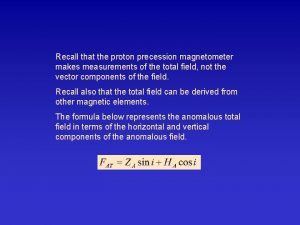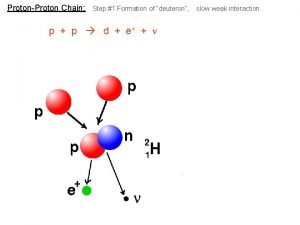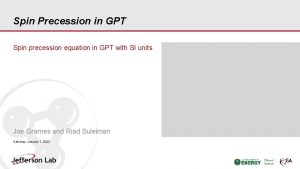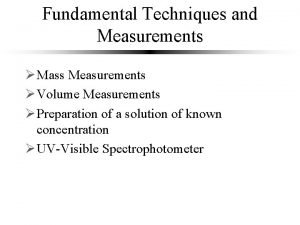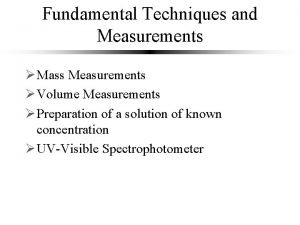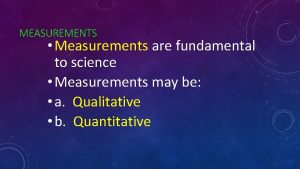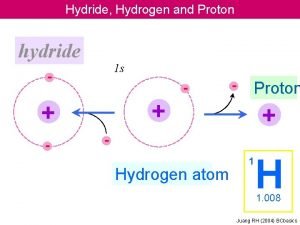Recall that the proton precession magnetometer makes measurements














- Slides: 14

Recall that the proton precession magnetometer makes measurements of the total field, not the vector components of the field. Recall also that the total field can be derived from other magnetic elements. The formula below represents the anomalous total field in terms of the horizontal and vertical components of the anomalous field.

Remember how the proton precession magnetometer works. Protons precess about the earth’s total field with a frequency directly proportional to the earth’s field strength The proton precession magnetometer measures the scalar magnitude of the earth’s main field.

In this diagram FET is is the vector sum of the earth’s main field and the anomalous field associated with a buried dipole field. The proton precession magnetometer measures the magnitude of FET.

Magnetic Elements for your location F is known

In most applications the anomalous field FA is much smaller than the main field FE.

In this case, the magnetic anomaly is approximated as the difference between the measured field (FET) at some point and the predicted value of the earth’s main field (FE) at that point. This anomaly is often referred to as T. 53

FA When FA (the anomalous field) is small, we consider the difference T = FET - FE to be equivalent to the projection of vector FA onto the direction of the main field.

In the case where FA is large the projection FAT is significantly different from T.

Let’s zoom in for a closer look at the tip of FE.

Horizontal line parallel to earth’s surface FET T i is the inclination of the earth’s main magnetic field. is the angle of FA relative to the earth’s main field FE.

FAT is the projection of FA onto the direction of the main field FE, and is considered equal to T, the scalar difference between FE and FET.

The horizontal and vertical projections of FA

The horizontal and vertical projections of FA appear in the expansion of FAT = FAcos( -i).

In summary - FAT is an approximation of T, the scalar difference obtained from measurements of the total field (FET) made by the proton precession magnetometer. For the purposes of modeling we work backwards. Given a certain object, we compute the horizontal (HA) and vertical (ZA) components of the anomaly and combine them to obtain FAT - the anomaly we obtain from the proton precession magnetometer measurements.
 Proton precession magnetometer
Proton precession magnetometer Proton proton chain
Proton proton chain Fission reaction
Fission reaction Proton proton chain
Proton proton chain Why does earth experience precession? *
Why does earth experience precession? * Precession milankovitch cycles
Precession milankovitch cycles Précession des équinoxes animation
Précession des équinoxes animation Electron spin animation
Electron spin animation Larmor precession
Larmor precession Con hãy đưa tay khi thấy người vấp ngã
Con hãy đưa tay khi thấy người vấp ngã Tìm vết của mặt phẳng
Tìm vết của mặt phẳng Thơ thất ngôn tứ tuyệt đường luật
Thơ thất ngôn tứ tuyệt đường luật Tôn thất thuyết là ai
Tôn thất thuyết là ai Thơ thất ngôn tứ tuyệt đường luật
Thơ thất ngôn tứ tuyệt đường luật Gây tê cơ vuông thắt lưng
Gây tê cơ vuông thắt lưng
